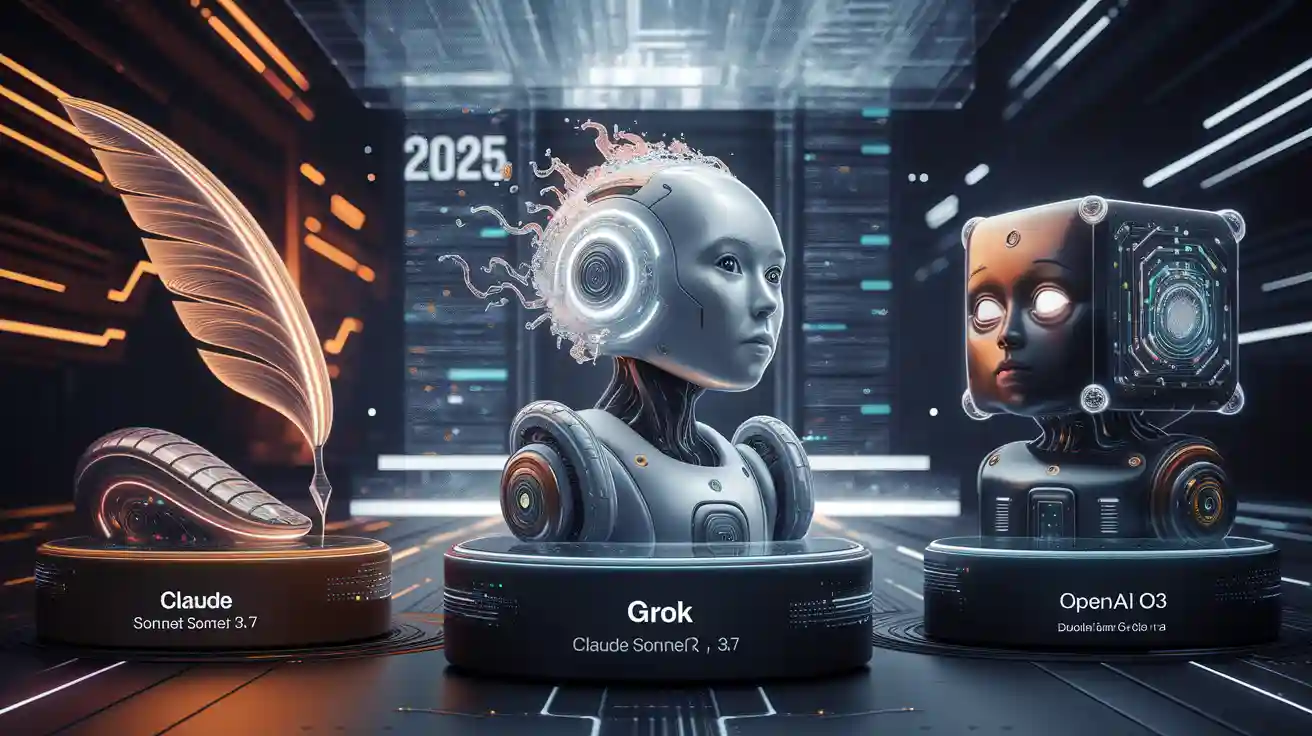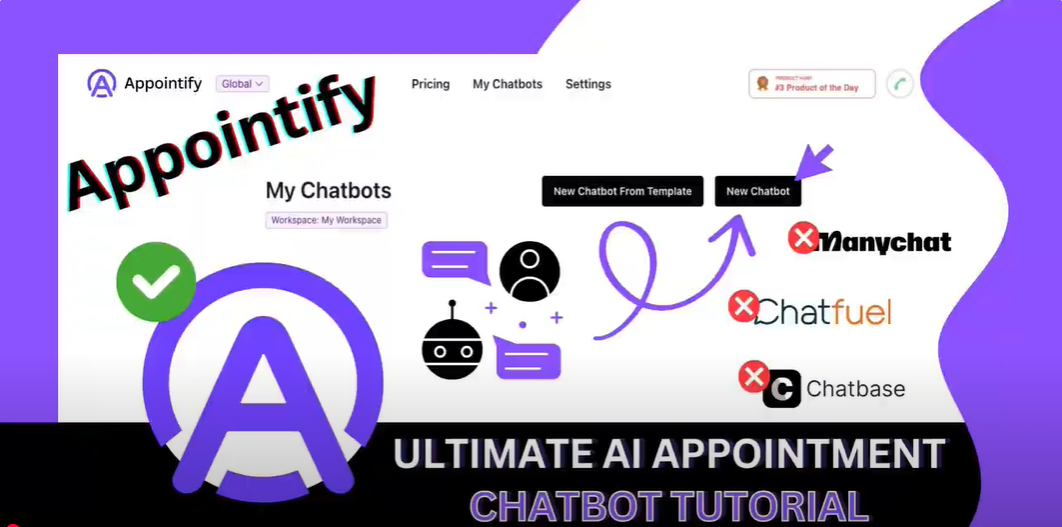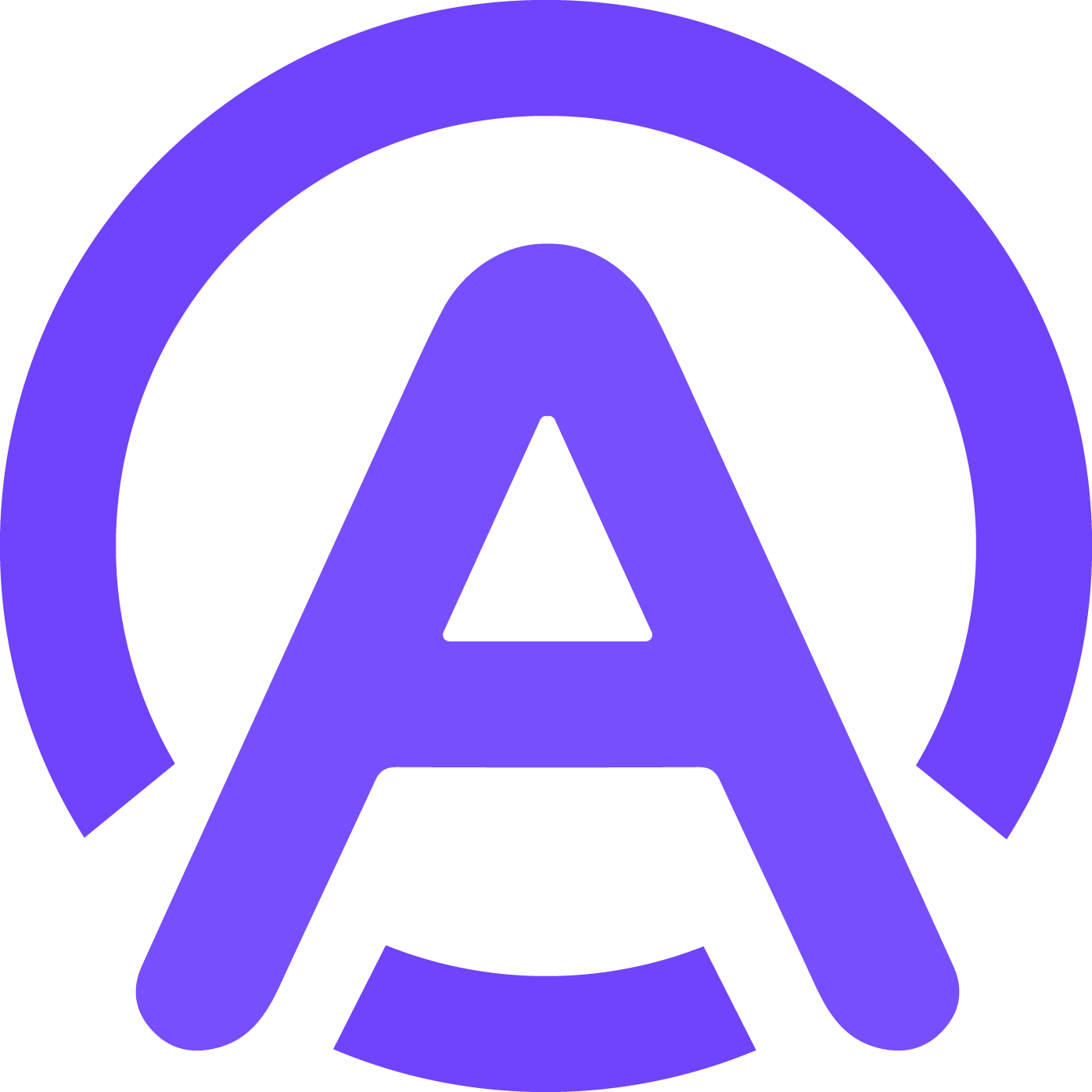Which AI Model Excels in 2025 Claude Sonnet 3.7 Grok 3 or OpenAI o3

Choosing the right AI model in 2025 can significantly impact your productivity and cost management. For coding tasks, openai's o3 achieves a 71.7% accuracy rate, making it a reliable choice for developers. Meanwhile, claude 3.7 sonnet excels in reasoning with its hybrid architecture, ideal for decision-making. If cost-efficiency is your priority, claude sonnet 3.7 offers a competitive pricing structure at $3 per million input tokens. Each model serves distinct needs, so understanding your goals ensures you select the best fit for your requirements.
Key Takeaways
Pick the best AI model for what you need. Claude Sonnet 3.7 is great for solving problems, Grok 3 works well for businesses, and OpenAI o3 is good for everyday tasks.
Claude Sonnet 3.7 uses smart reasoning to give fast answers. It solves hard problems, making it great for tricky tasks.
Grok 3 works with AWS to handle big data fast. It helps businesses like banks and customer service teams with custom solutions.
OpenAI o3 has a special tool to think smarter. It’s great for coding and chatting, so it’s useful for developers and regular users.
Key Features and Architecture

Claude Sonnet 3.7
Hybrid reasoning architecture
Claude 3.7 Sonnet introduces a hybrid reasoning system that combines speed with depth. You can expect rapid responses for straightforward queries while benefiting from detailed problem-solving for complex tasks. Its Extended Thinking Mode allows the model to self-reflect, ensuring thorough analysis before delivering answers. Developers gain fine-grained control over reasoning depth and response time, making it a versatile tool for various applications. This architecture sets Claude 3.7 Sonnet apart from other AI models by balancing efficiency and precision.
Integration with tools like Appointify AI
Claude 3.7 Sonnet seamlessly integrates with tools like Appointify AI, enhancing its usability in scheduling and task management. This integration simplifies workflows, allowing you to automate repetitive tasks. Whether you need to manage appointments or streamline communication, this feature ensures smooth operations. Its compatibility with third-party tools makes it a practical choice for users seeking efficiency.
Grok-3
Enterprise-focused design
Grok 3 stands out with its enterprise-focused architecture. It offers features tailored to business needs, such as real-time data analysis and industry-specific integrations. For example, it provides custom solutions for sectors like finance and customer service. The table below highlights its key features:
Feature | Description |
|---|---|
Real-Time Data Analysis | Processes dynamic data for high efficiency and accuracy. |
Enhanced Contextual Understanding | Improves user interactions through advanced natural language processing. |
Industry-Specific Integration | Custom solutions for sectors like finance, software development, and customer service. |
Business Process Automation | Optimizes tasks like data entry and invoice processing, improving efficiency and accuracy. |
These features make Grok 3 a reliable choice for enterprises aiming to enhance productivity.
AWS cloud integration
Grok 3 leverages AWS cloud integration to provide scalability and reliability. You can scale operations effortlessly while maintaining high performance. This integration ensures secure data handling, making it ideal for businesses that prioritize data security and scalability.
OpenAI o3
General-purpose optimization
OpenAI o3 excels as a general-purpose AI model. It adapts to various tasks, offering flexibility for users with diverse needs. Its Adaptive Thinking Time API lets you switch between reasoning modes, optimizing speed and accuracy. This feature ensures that OpenAI o3 delivers consistent performance across different use cases.
Advanced natural language understanding
OpenAI o3 demonstrates significant advancements in natural language understanding. It achieves high accuracy in benchmarks like ARC-AGI (87.5%) and AIME 2024 (96.7%). These improvements make it a powerful tool for tasks requiring conversational capabilities and precise language interpretation. The table below highlights its performance:
Benchmark | o3 Accuracy | Previous Model (o1) Accuracy |
|---|---|---|
ARC-AGI Benchmark (Visual) | 87.5% | N/A |
AIME 2024 (Math) | 96.7% | 83.3% |
SWE-bench Verified (Coding) | 71.7% | 48.9% |
These advancements position OpenAI o3 as a leader in natural language processing.
Benchmark Comparison
Coding and Development
Claude Sonnet 3.7's debugging accuracy
Claude 3.7 Sonnet excels in debugging tasks, making it a standout choice for developers. Its hybrid reasoning architecture enhances its ability to follow instructions and solve multi-step problems. This capability proves essential for debugging, where precision and logical flow are critical. With an impressive 88% accuracy in document summarization over a 200K token window, Claude 3.7 Sonnet handles complex debugging scenarios effectively. It also outperforms OpenAI o3-mini-high in compliance-sensitive industries, thanks to its hybrid verification system. These features make Claude 3.7 Sonnet a reliable tool for developers seeking state-of-the-art coding capabilities.
OpenAI o3's coding efficiency
OpenAI o3 demonstrates remarkable efficiency in coding tasks. It achieves a 71.7% accuracy rate on SWE-bench, a benchmark that evaluates real-world coding tasks. This performance highlights its ability to generate syntactically correct and functional code. OpenAI o3 also excels in readability and execution speed, ensuring that the generated code meets professional standards. Its Adaptive Thinking Time API further optimizes coding workflows, allowing you to balance speed and accuracy. These features position OpenAI o3 as a versatile AI model for developers.
Logical Reasoning and Decision-Making
Claude Sonnet 3.7's hybrid reasoning
Claude 3.7 Sonnet leverages its hybrid reasoning system to deliver accurate and comprehensive decisions. It excels in faithfulness and interpretability, ensuring that its explanations align with its logic. This makes it a valuable tool for decision-making in industries requiring high compliance and precision. Its ability to evaluate multiple factors and provide complete reasoning sets it apart in this domain.
Grok-3's enterprise-level reasoning
Grok 3 focuses on enterprise-level reasoning, offering tailored solutions for business needs. It outperforms Claude 3.7 Sonnet in math problem-solving, achieving a 93.3% accuracy rate. Its integration with AWS enhances its scalability and reliability, making it ideal for large-scale operations. Grok 3 also excels in visual reasoning, providing insights that support complex decision-making processes.
Natural Language Processing
OpenAI o3's conversational capabilities
OpenAI o3 leads in conversational AI with its advanced natural language understanding. It achieves high accuracy in performance benchmarks like ARC-AGI and AIME 2024, making it a top choice for tasks requiring precise language interpretation. Its ability to handle diverse conversational scenarios ensures a seamless user experience.
Claude Sonnet 3.7's contextual understanding
Claude 3.7 Sonnet offers superior contextual understanding, especially in long-context tasks. With a 200K token window and 88% accuracy, it processes extensive inputs without losing information. This capability makes it ideal for applications requiring detailed analysis and nuanced understanding.
Cost and Efficiency
Claude Sonnet 3.7
Pricing structure and cost-effectiveness
Claude 3.7 Sonnet offers a predictable pricing model, charging $3 per million input tokens and $15 per million output tokens. This structure ensures transparency and helps you manage costs effectively. Compared to its predecessor, it reduces total ownership costs by 18%, making it a cost-effective choice for reasoning tasks. Additionally, extended features are available for $18 per month, providing flexibility for users with advanced needs.
Resource efficiency in reasoning tasks
Claude Sonnet 3.7 excels in resource efficiency, particularly in reasoning tasks. Its hybrid reasoning architecture optimizes token usage, ensuring high-quality outputs without unnecessary computational overhead. This efficiency allows you to achieve detailed insights while keeping costs manageable. The model's consistent token-based pricing further enhances its appeal for users seeking reliable cost management.
Grok-3
Cost for enterprise users
Grok 3 targets enterprise users with a premium pricing model. It offers premium access for approximately $40 per month, with limited free access available for new users. This pricing structure caters to businesses that require robust AI capabilities for large-scale operations. While it may seem higher than other models, its enterprise-focused features justify the cost for organizations prioritizing scalability and reliability.
Scalability with AWS
Grok 3 leverages AWS cloud integration to deliver unmatched scalability. This feature allows you to scale operations seamlessly, ensuring consistent performance even during peak usage. The AWS integration also enhances data security, making Grok 3 a dependable choice for enterprises handling sensitive information. Its ability to adapt to growing demands ensures long-term value for businesses.
OpenAI o3
Subscription models and pricing
OpenAI o3 adopts a pay-per-use pricing model via API, offering flexibility for users with varying needs. This structure makes it accessible to a broad audience, including developers and general users. The O3-mini version, designed for free-tier ChatGPT users, balances affordability with performance. This approach ensures that you can access advanced AI capabilities without committing to high upfront costs.
Efficiency in general-purpose tasks
OpenAI o3 excels in general-purpose tasks, delivering superior performance across various benchmarks. Its proprietary design optimizations enhance computational efficiency, making it a reliable choice for diverse applications. Whether you're tackling complex reasoning or simple queries, OpenAI o3 ensures consistent results. Its availability to free-tier users further enhances its appeal, providing an affordable entry point into generative AI.
Context and Input Capabilities
Claude Sonnet 3.7
Handling large context windows
Claude 3.7 Sonnet stands out with its ability to handle extensive context windows. It supports a maximum input length of 200,000 tokens and an output length of 128,000 tokens. This capability allows you to process and analyze large documents without losing critical details. Whether you're summarizing lengthy reports or tackling complex datasets, this model ensures accuracy and depth. Its design makes it a reliable choice for tasks requiring detailed insights over extended contexts.
Performance in multi-turn conversations
When it comes to multi-turn conversations, Claude Sonnet 3.7 excels in maintaining coherence and relevance. Its hybrid reasoning architecture enables it to track context across multiple exchanges, ensuring responses remain consistent and meaningful. This feature proves invaluable for applications like customer support or collaborative problem-solving, where maintaining conversational flow is essential.
Grok-3
Contextual understanding in enterprise settings
Grok 3 enhances contextual understanding with advanced natural language processing tailored for enterprise-specific tasks. It generates responses with improved personality and humor, making interactions more engaging. Additionally, it supports industry-specific integrations, offering customized solutions for sectors like financial analysis and customer service. These features make Grok 3 a dependable choice for businesses seeking AI-driven insights and enhanced user experiences.
Input limitations and strengths
While Grok 3 excels in enterprise applications, it has some input limitations. Its context window is smaller compared to Claude Sonnet 3.7, which may restrict its ability to process extremely large datasets. However, its strengths lie in its ability to deliver precise and relevant outputs for industry-specific tasks. This balance ensures it remains a strong contender for enterprise users.
OpenAI o3
Input size and flexibility
OpenAI o3 offers remarkable flexibility in handling diverse input contexts. Its Adaptive Thinking Time API allows you to toggle between reasoning modes, optimizing speed and accuracy based on your needs. This feature ensures the model adapts to various tasks, from simple queries to complex problem-solving.
Contextual accuracy in diverse tasks
OpenAI o3 demonstrates exceptional contextual accuracy across a wide range of tasks. It excels in visual reasoning, abstract concepts, and coding, as shown by its high benchmark scores. However, it struggles with simple reasoning tasks, highlighting areas for improvement. Despite this, its ability to handle diverse scenarios makes it a versatile tool for general-purpose applications.
Use Case Suitability
For Developers and Coders
OpenAI o3's coding tools
If you are a developer, OpenAI o3 offers tools that enhance your productivity in coding tasks. The o3-mini version is optimized for STEM reasoning, excelling in science, math, and coding. It achieves a 71.7% accuracy rate on the SWE-bench Verified benchmark, a significant improvement from its predecessor. This accuracy reflects its ability to generate functional and syntactically correct code. Additionally, o3 is fast and cost-efficient, making it a practical choice for developers working on tight deadlines. These features ensure that OpenAI o3 provides reliable support for your software development needs.
Claude Sonnet 3.7's debugging capabilities
Claude Sonnet 3.7 simplifies debugging by efficiently tracing errors across multiple files. It identifies potential issues in your code and suggests optimized fixes, saving you time and effort. The model also excels at refactoring legacy code, ensuring your projects remain up-to-date. When presented with problematic code, Claude Sonnet 3.7 not only spots bugs but also explains its suggestions, helping you understand the reasoning behind its recommendations. These capabilities make it an invaluable tool for developers seeking to streamline their debugging processes.
For Enterprises
Grok-3's AWS integration
Grok 3 is tailored for enterprises, offering features that enhance scalability and reliability. Its integration with AWS enables seamless scaling of operations, ensuring consistent performance even during peak usage. Grok 3 also supports real-time data analysis, processing dynamic data with high efficiency and accuracy. This capability allows your business to gain actionable insights quickly. Additionally, Grok 3 includes industry-specific integrations, providing customized solutions for sectors like financial analysis and customer service. These features make Grok 3 a dependable choice for businesses aiming to optimize their operations.
Claude Sonnet 3.7's ethical AI for decision-making
Claude Sonnet 3.7 incorporates an ethical AI framework called Constitutional AI, which ensures that the model operates within defined ethical boundaries. This framework adheres to principles from authoritative sources like the UN Universal Declaration of Human Rights. By promoting safety, fairness, and transparency, Claude Sonnet 3.7 supports ethical decision-making in enterprises. If your business prioritizes aligning operations with ethical standards, this model offers a reliable solution.
For General Users
OpenAI o3's versatility
OpenAI o3 stands out for its versatility, making it suitable for a wide range of tasks. Whether you need help with coding, reasoning, or general problem-solving, o3 adapts to your needs. Its Adaptive Thinking Time API allows you to toggle between reasoning modes, optimizing speed and accuracy. This flexibility ensures that OpenAI o3 delivers consistent results, regardless of the complexity of the task. If you are looking for a general-purpose AI model, OpenAI o3 provides a balanced combination of performance and accessibility.
Claude Sonnet 3.7's user-friendly reasoning tools
Claude Sonnet 3.7 enhances user experience with its transparent reasoning process. Its "thinking mode" feature allows you to follow the model's thought process as it works through complex problems. This transparency builds trust and helps you understand how the model arrives at its conclusions. Additionally, Claude Sonnet 3.7 offers hybrid reasoning, combining quick responses with detailed analyses. This flexibility makes it an excellent choice for non-technical users who need both speed and depth in their AI interactions.
Each AI model excels in distinct areas, making the choice dependent on your specific needs. Claude Sonnet 3.7 stands out in reasoning tasks with its hybrid architecture and large context window, ideal for compliance-sensitive industries. Grok-3 offers enterprise-focused features like AWS integration and real-time data analysis, making it a top choice for businesses. OpenAI o3 shines in general-purpose tasks, with strong performance in coding and conversational AI.
To choose the right model, consider your goals. Developers benefit from Claude Sonnet 3.7’s debugging capabilities or OpenAI o3’s coding tools. Enterprises should explore Grok-3 for scalability and tailored solutions. For general users, OpenAI o3 provides versatility, while Claude Sonnet 3.7 offers user-friendly reasoning tools. Aligning your choice with your objectives ensures optimal results.
FAQ
What makes Claude Sonnet 3.7 unique compared to other models?
Claude Sonnet 3.7 stands out with its hybrid reasoning architecture. It combines quick responses with detailed problem-solving. Its ability to handle large context windows (up to 200,000 tokens) makes it ideal for complex tasks like document analysis and multi-turn conversations.
Is OpenAI o3 suitable for beginners?
Yes, OpenAI o3 is beginner-friendly. Its Adaptive Thinking Time API adjusts reasoning speed and accuracy based on your needs. It also offers a free-tier version (o3-mini), making it accessible for general users and those new to AI tools.
How does Grok-3 benefit enterprises?
Grok-3 provides enterprise-focused features like AWS integration for scalability and real-time data analysis. It also supports industry-specific solutions, such as financial analysis and customer service automation. These capabilities make it a reliable choice for businesses aiming to optimize operations.
Which model is the most cost-effective?
Claude Sonnet 3.7 offers the most predictable pricing, charging $3 per million input tokens. It reduces ownership costs by 18% compared to its predecessor. OpenAI o3 provides flexibility with its pay-per-use model, while Grok-3 targets premium enterprise users.
Can these models handle coding tasks effectively?
Yes, all three models excel in coding tasks. OpenAI o3 achieves 71.7% accuracy on SWE-bench, making it efficient for generating functional code. Claude Sonnet 3.7 specializes in debugging and refactoring, while Grok-3 focuses on enterprise-level coding solutions.
See Also
Top Alternatives To Retell AI For The Year 2025
Comparative Review Of Leading Synthflow AI Alternatives In 2025
Best Options For GoHighLevel Voice AI In 2025

